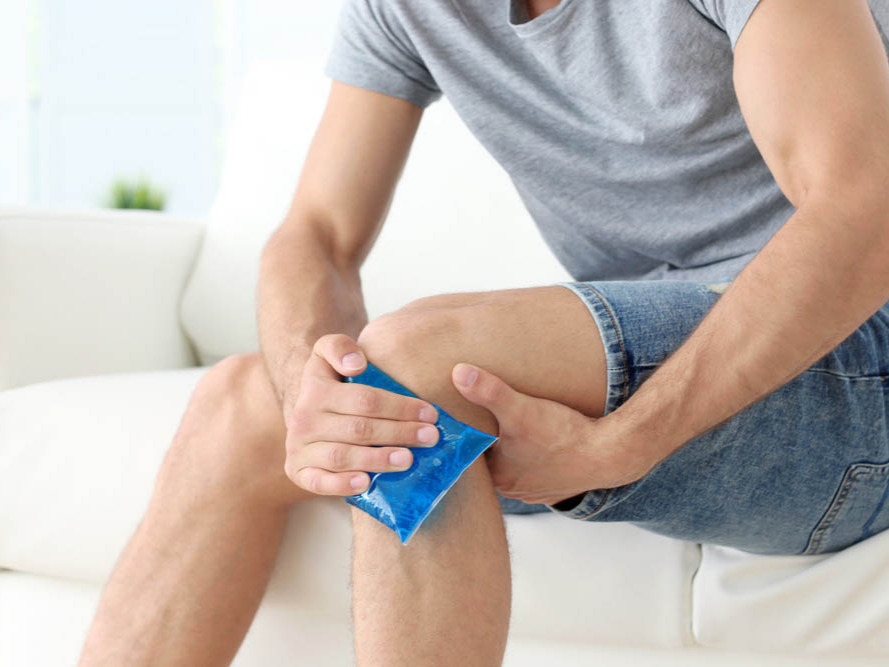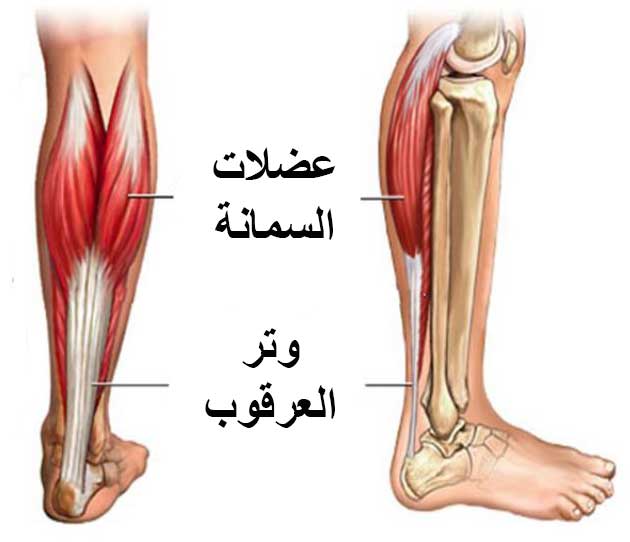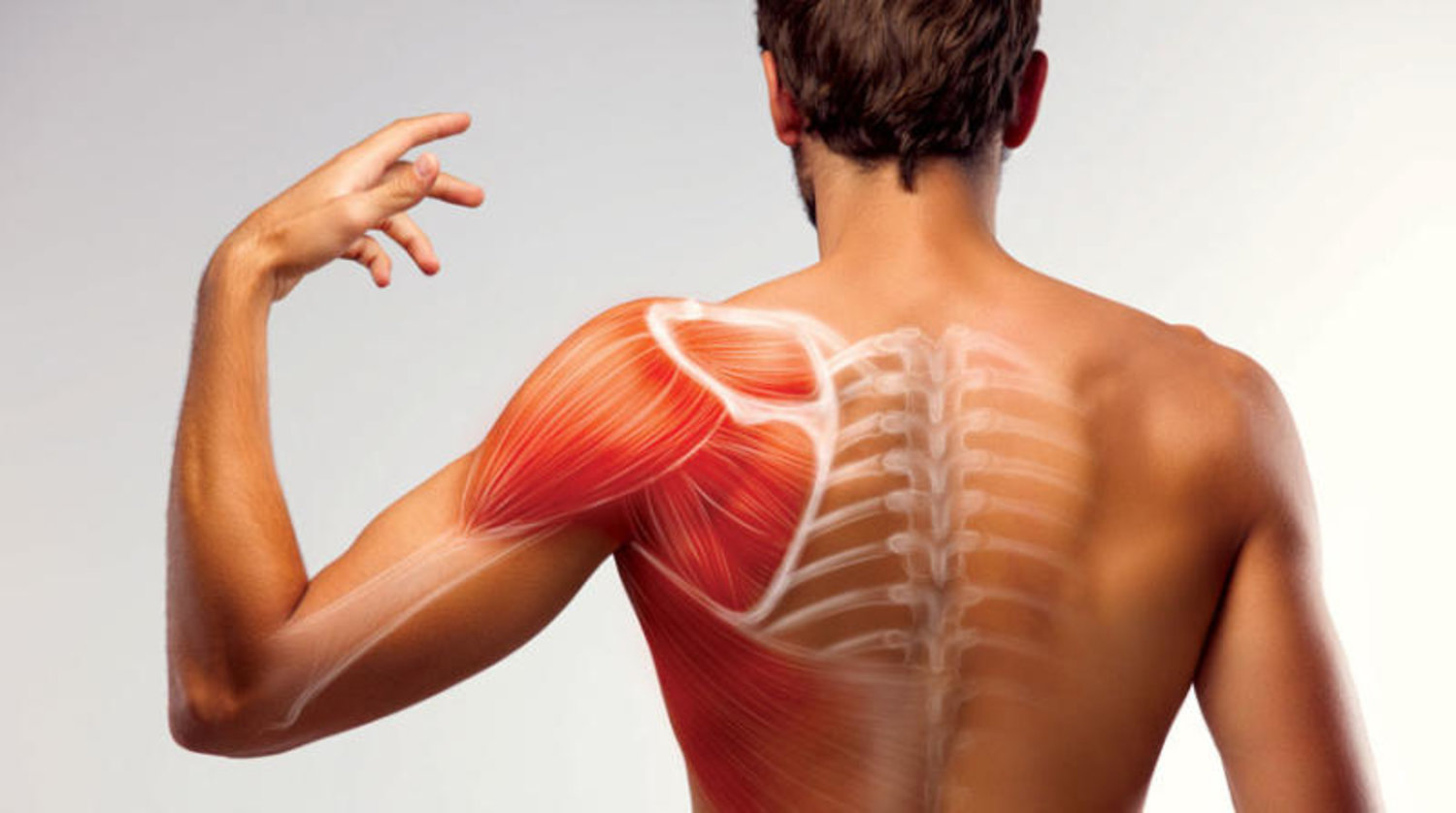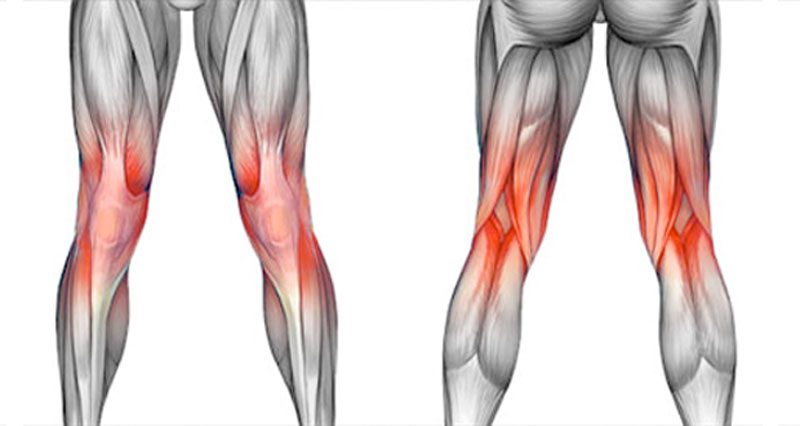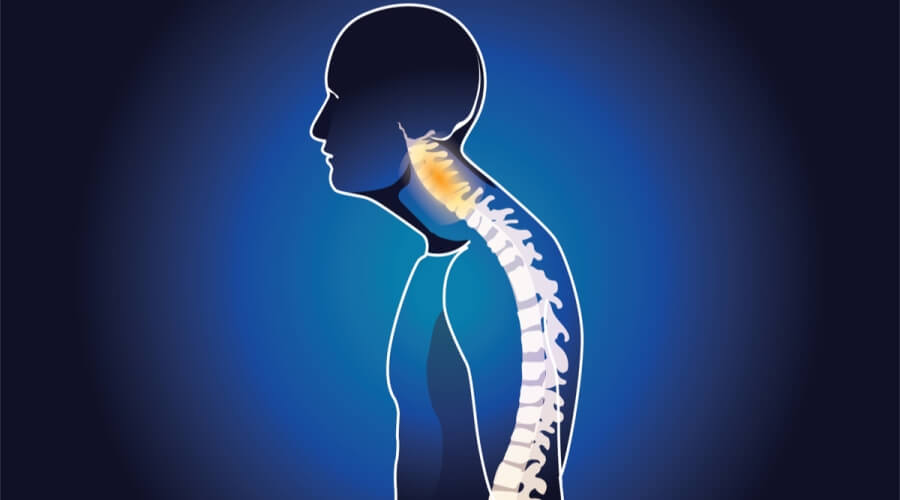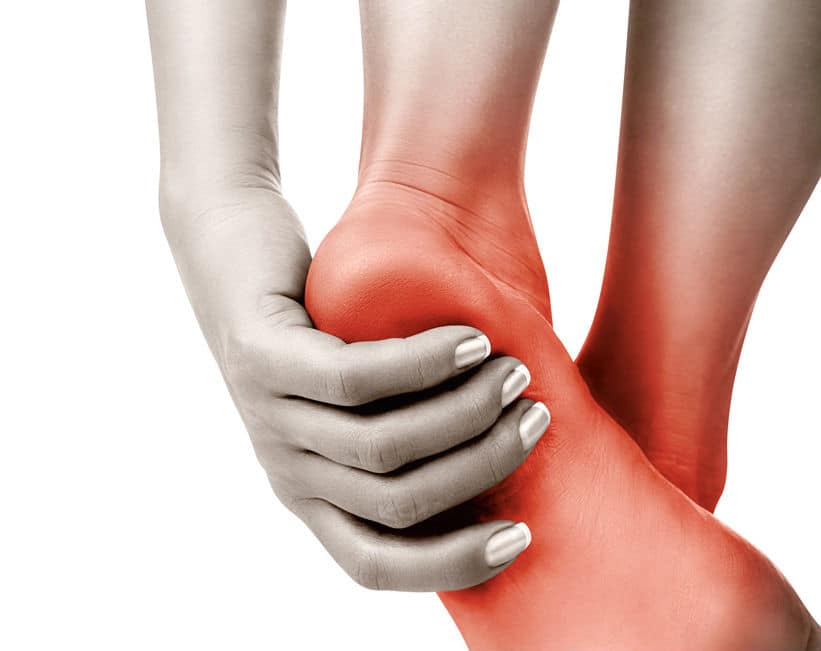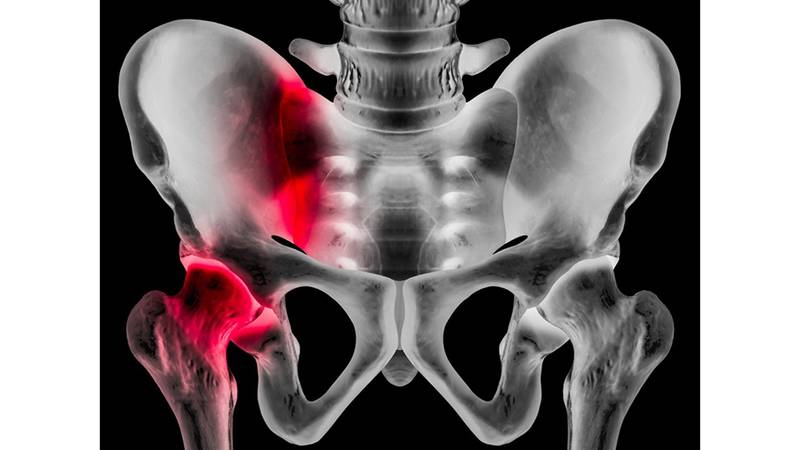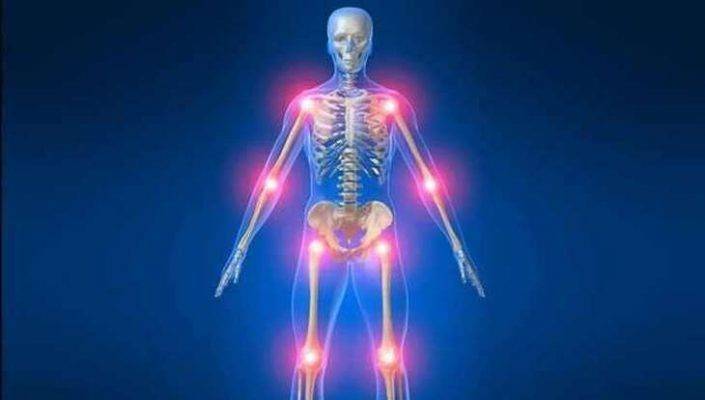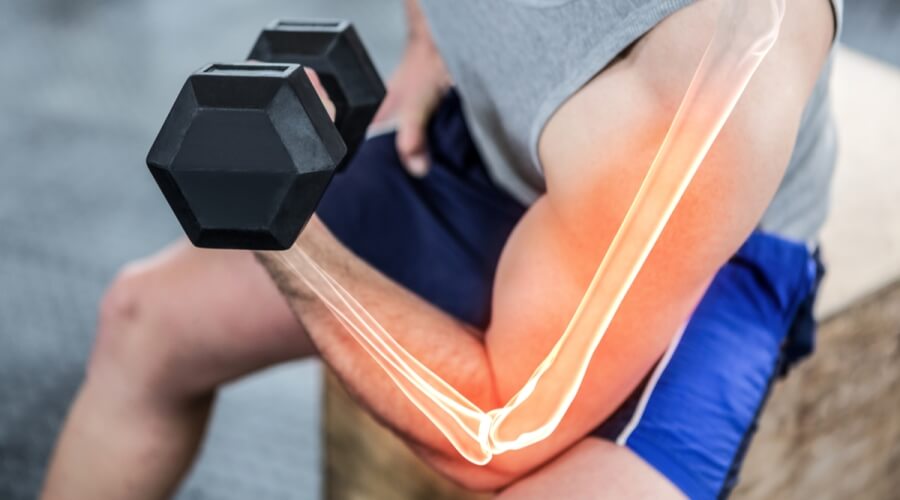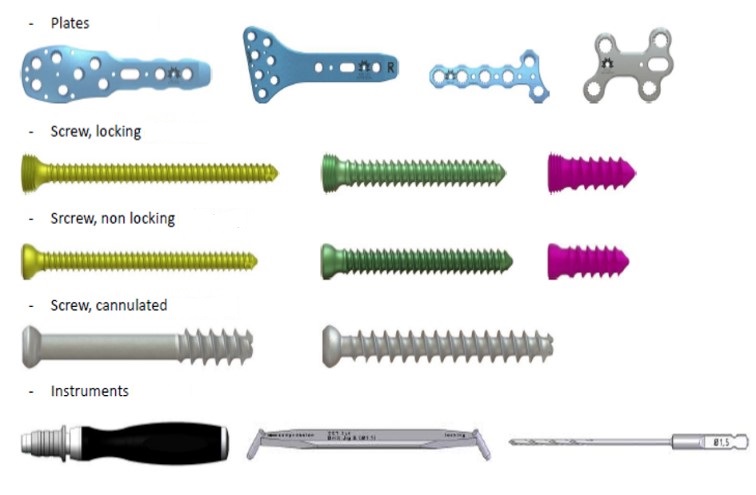?What is the procedure for placing a plate and screws, and what are the main reasons for resorting to it
Plate and screw installation surgery, The plate and screw installation surgery is a surgical procedure used to stabilize fractures and strengthen bones and helps speed up wound healing. This procedure is an alternative to traditional plastering, as the plate and screws are installed at the fracture site, allowing the bones to unite and heal properly, and gives the patient a chance to move around and have freedom of movement during the wound healing period. This procedure is performed using metal constructs placed inside the wound and permanently stabilizing it, and is characterized by flexibility, strength and safety. In this article, we will learn all about this as well as many other things, so follow us.

Plate and screw installation surgery
Plate and screw installation surgery is a surgical procedure used to stabilize bones and screws in the lower limbs of the body. It is an effective way to help fractured bones heal after sustaining certain types of fractures. These devices are primarily used to stabilize ankle fractures and long bones in the leg. This surgical procedure is very common in the medical community.
This procedure usually causes temporary pain to the patient, but the anesthesiologist will anesthetize the patient in a manner that suits their condition so that there is no danger to their life. In this procedure, doctors use many specific devices, including long metal plates, intramedullary nails, external nails, and external wires.
Installing plates and screws in the leg takes several hours, and each procedure varies depending on the type of fracture and the doctor’s prescription. The healing period may also vary depending on the patient’s health condition and the type of procedure performed. In general, the patient needs regular follow-up with the surgeon after the procedure to monitor healing and assess any changes in their health condition.
Ultimately, the patient must adhere to the surgeon’s post-operative instructions to ensure the best chance of recovery, as well as obtaining necessary medical care if any unexpected symptoms appear. The use of plates and screws is an effective way to help bones heal properly and allows patients to regain leg and foot mobility faster and better.
Experience plate and screw installation with Dr. Amr Amel, where precision and experience come together for outstanding results.
How is the plate and screw installation procedure done?
The plate and screw installation procedure is one of the surgical procedures resorted to in order to stabilize fractures and accelerate the healing process by inserting plates and metal screws into the affected bone. In this article, we will talk about how this procedure is performed and everything related to it.
- Determine the appropriate location: The doctor starts by accurately determining the location of the fracture, where the procedure will be performed to properly stabilize the bone.
- Anesthesia: Local anesthesia is mostly used to anesthetize the area where the procedure will be performed, while in some other cases general anesthesia is used.
- Preparation for surgery: The patient is given antibiotics and the area to be operated on is cleaned to minimize the chances of infection.
- Insertion of plates and screws: After safely performing the procedure, the plates and screws are inserted into the specified location using special tools to insert them into the bones.
- Wound care: After completing the insertion of plates and screws, the surgical incision made during the procedure is sutured with special surgical sutures.
- Recovery period: It is advisable to avoid strenuous activities for up to about 6 weeks to allow the wounds to heal completely and accelerate the healing process.
- Medical follow-up: It is important for the patient to be regularly followed up by the treating physician to ensure proper healing of the wounds and no complications.
In short, plate and screw installation can be said to be one of the safe and effective surgical procedures used to stabilize fractures and accelerate healing, which is often resorted to instead of using traditional casts.
Choose the best for your health with Dr. Amr Amel, an expert in plate and screw installation with superior skill.
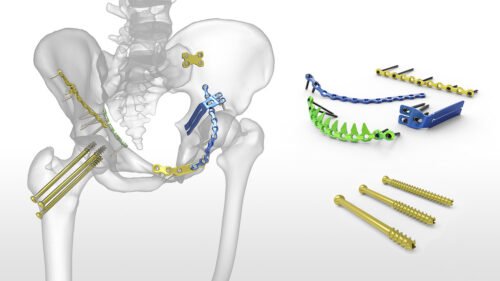
Reasons for resorting to plate and screw surgery
List: Reasons for resorting to plate and screw surgery
- Unstable fractures: When the fracture is unstable, the doctor may need to perform plate and screw surgery to stabilize and strengthen the bones so they can heal and recover.
- Fractures near a joint: If the bone fracture is located near a joint, the doctor may need to use plates and screws to maintain joint stability.
- Ankle not responding to other treatments: Sometimes, a doctor may resort to ankle plating surgery if the ankle does not respond to any other type of treatment.
- Severe fracture cases: When the fracture becomes severe and contains many fragments, using plates and screws can help reconstruct the bones and restore their stability.
- Microbial inflammation: In case of microbial inflammation at the fracture site, the doctor may need to remove the plates and screws even if the fracture has not healed.
- Plates as a treatment method: Plates can be used as one of the best treatment methods for fractures, as they can reconstruct bones and properly restore their stability again.
With Dr. Amr Amel, get ready for an advanced treatment experience in plate and screw installation.
Types of bone plating and screwing
If you have suffered a bone fracture, you may need surgery involving the installation of plates and screws to fix the broken pieces together. In this article, we will talk about the types of bone plating and screwing.
- Screws: Used for internal fixation and come in different sizes depending on the size of the injured bones. They may be left in place or removed after healing.
- Rods: Used to fix fractures of long bones, such as fractures in the leg and arm. They come in different sizes depending on the size of the fractured bone.
- Plates: Used to fix broken bone pieces together, in what is known as the “plate intersection” technique. They can be used to fix fractures in the foot, ankle, forearm, and hand.
- Bone grafting: Used to enhance bone growth and fixation. Can be used if the bone is unable to heal quickly.
- Fixation pad: Used to fix jaw bones in cases of jaw fractures. Come in different sizes depending on the size of the injured jaw.
Individuals with bone fractures should communicate with doctors to choose the appropriate method for plating and screwing based on their individual health condition. They should also take the necessary care during the recovery period after surgery.
Dr. Amr Aml: A name that means trust and dedication in plating and screwing operations.

After bone plating and screwing surgery
After undergoing bone plating and screwing surgery, the patient should be aware of the care required for the surgical wound and the bone healing process. The patient must adhere to the advice and guidance provided by the surgeon and medical team, in addition to being patient and focusing on treatment and recovery. In this article, we will talk about what comes after surgery and how the patient can contribute to the bone healing process.
- Cleaning and changing dressings: After surgery, care should be taken to regularly clean the wound and change dressings. The surgeon can guide the patient on how to properly change dressings on the wound.
- Practicing medical exercises: The patient can practice physical exercises directed by the medical team to help strengthen muscles around the wound and improve mobility.
- Rest and relaxation: Rest and relaxation help promote wound healing and improve the patient’s overall health. The patient should take necessary measures to maintain rest and relaxation during the recovery period.
- Eating healthy food: The patient should eat healthy food during the post-treatment period to boost immunity and promote healing and overall health.
- Physical therapy sessions: Can help the patient improve mobility, strengthen muscles, and overall functional improvement of the body. Can be prescribed by the doctor.
- Regular follow-up of health status: The patient should follow up regularly on scheduled tests by the doctor and ensure proper healing of wounds.
Recovery periods and wound healing times vary depending on the type of surgery and the individual characteristics of the patient. It is important to adhere to the surgeon’s advice and medical team, and follow the treatment plan provided to ensure proper and successful healing after surgery.
Get the best medical care in plating and screwing with Dr. Amr Aml.
Does the body reject plates and screws after installation?
In general, the body does not reject plates and screws after installation, because they are made of materials that do not react with living tissues in the body. However, some people may need to remove the plates or screws if they are causing pain or restricting joint movement.
The plates and screws are fixed well in place inside the body when installed, after undergoing surgery that requires sufficient medical expertise and following strict sterilization procedures to avoid any subsequent health complications.
In case of any signs of swelling in the area surrounding the plates or screws, or feeling severe pain, it is important to go to the doctor in charge immediately and not delay treatment, so that the condition can be accurately assessed and avoid any health complications.
In general, the process of installing plates and screws is one of the effective and safe surgical procedures in improving body health and treating various injuries and fractures, and does not cause any harm to the body in the future, provided that the patient follows up with the doctor in charge of the case and follows the appropriate medical guidance.
Fast recovery and amazing results with Dr. Amr Aml, specialized in installing plates and screws.

When does physical therapy start after plating and screwing surgery?
Plating and screwing operations are important surgical procedures that many patients undergo in case of fractures and bone injuries. These operations are performed to fix fractures and enable the patient to treat and recover more quickly. Physical therapy comes as an important next step after internal or external fixation surgery, as it helps strengthen affected muscles by fractures and restore natural movement to injured bones.
In general, physical therapy starts months after surgery, which depends on the patient’s condition and severity of injury, as it is essential to get the treating physician’s approval before starting any physical therapy process.
Usually simple exercises aimed at strengthening the affected bones and muscles begin, increasing the gradual absorption of the range of motion. The physical therapy process after surgery varies from case to case, according to the type of fracture and the patient’s degree of improvement during the recovery stage.
Physical therapy is one of the important methods in relieving the pain and tension suffered by the patient after surgery, as it greatly helps speed up and improve the healing and recovery process. In case of serious injuries that require surgical fixation procedures, physical therapy is necessary to restore natural vitality to the body and restore movement to other parts of the body affected by partial paralysis.
How long does a plate and screw installation surgery take?
The duration of a plate and screw installation surgery varies depending on the fracture degree and the experience of the performing surgeon. In general, the installation surgery takes between two to three hours under full anesthesia and the patient usually does not need to remove the plates and screws after the surgery. However, in some cases, leaving them for long periods can have an adverse effect. The cost of installing plates and screws can range between 40,000 to 100,000 EGP, depending on the cost rates in the specific area.
The patient should adhere to the physician’s instructions and closely follow up after the surgery, as the first stage of recovery is very important, usually taking about 6 weeks. After that, the patient can gradually and safely return to their routine activities.

Does the installation of plates and screws cause pain?
Subjecting patients to surgery and installing plates and screws in bones to aid healing and relieve pain has become common nowadays. However, some patients may feel pain or sensitivity after the surgery, which prompts them to inquire whether the installed plates and screws are the source of these symptoms.
In fact, it should be noted that the presence of plates and screws does not cause pain or a feeling of heat or cold, and screws and splints fixed to the fracture are usually removed if there is severe pain associated with them. When removed, the pain gradually subsides.
As for intolerance and sensitivity resulting from the human body in general, these symptoms can arise after surgery. Importantly, the timeframe in which these symptoms appear varies from person to person, depending on the body’s tolerance and healing process.
Additionally, some symptoms such as pain and sensitivity felt by the patient cannot be solely attributed to the presence of plates and screws. Therefore, the physician responsible for the case should be consulted to determine the cause of the symptoms and take necessary action.
Ultimately, it should be noted that the installed plates and screws are made of various materials that do not interact with the body. Therefore, after a considerable amount of time, the patient does not feel them.
What is the success rate of plate and screw installation surgery in Egypt?
The plate and screw installation surgery in Egypt is highly successful and considered very safe. The success rate of this surgery is around 75%, indicating the quality of healthcare provided in Egyptian hospitals. This surgery involves fixing fractures in safe, stable bones and helps achieve comfort and rapid recovery after the operation.
Plate and screw installation surgery in Egypt utilizes cutting-edge and advanced techniques and is performed by the country’s best doctors and surgeons. The cost of the surgery ranges between EGP 40,000 and 50,000, which is one of the reasonable prices in the region.
Egyptian orthopedic surgeons are qualified to provide the necessary healthcare in this field. The aspects of reliability and safety lie in determining the most appropriate treatment plan for each case of bone fractures and providing modern tools and techniques that help fix broken bones.
The success rate of spinal fusion surgery ranges between 70% and 90%. This percentage increases to 95% when the patient is younger and has no problems or diseases. The cost of spinal fusion using modern techniques ranges between EGP 30,000 and 60,000, which is reasonable given the high quality of healthcare available in Egypt.
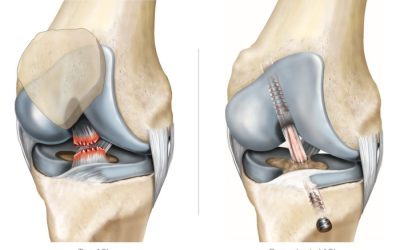
What is the cost of plate and screw installation surgery in Egypt?
The plate and screw installation surgery is one of the surgical procedures performed to treat complex bone fractures. This service is available in Egypt at prices ranging between EGP 20,000 to 80,000, and its cost depends on several factors such as differences in medical supplies, surgeons, and medical team prices.
Dr. Amr Aml explains that the cost of this surgery in Egypt ranges between EGP 40,000 and 50,000, based on the quality of medical supplies, surgeons’ expertise, and the medical team supervising the surgery. The final price of the installation surgery varies widely depending on many factors, including the surgical location and the wound class associated with it. Therefore, medical advice is recommended before any surgery.
Best orthopedic doctor in Egypt
Dr. Amr Aml is one of the most important orthopedic surgeons in Egypt, distinguished by his extensive experience in this field and broad knowledge of the latest medical techniques. Dr. Amr graduated from Ain Shams University Faculty of Medicine with honors in orthopedics. He obtained membership in the Egyptian Orthopedic Surgery Society.
Dr. Amr Aml enjoys a good reputation in Egypt and is an expert in orthopedic surgery. He provides high quality services to patients through the use of the latest techniques and continuously updating medical information. Dr. Amr Aml is a consultant in orthopedic surgery at Ain Shams University, where he also works as a faculty member. He is also a fellow at RWTH Aachen University in Germany and an orthopedic surgery instructor at the university.
Patients can obtain Dr. Amr Aml’s services at his clinic located at Tabarak Hospital in New Cairo. This clinic offers many advantages, in addition to high evaluations and effectiveness in diagnosing and treating bone and joint diseases.

